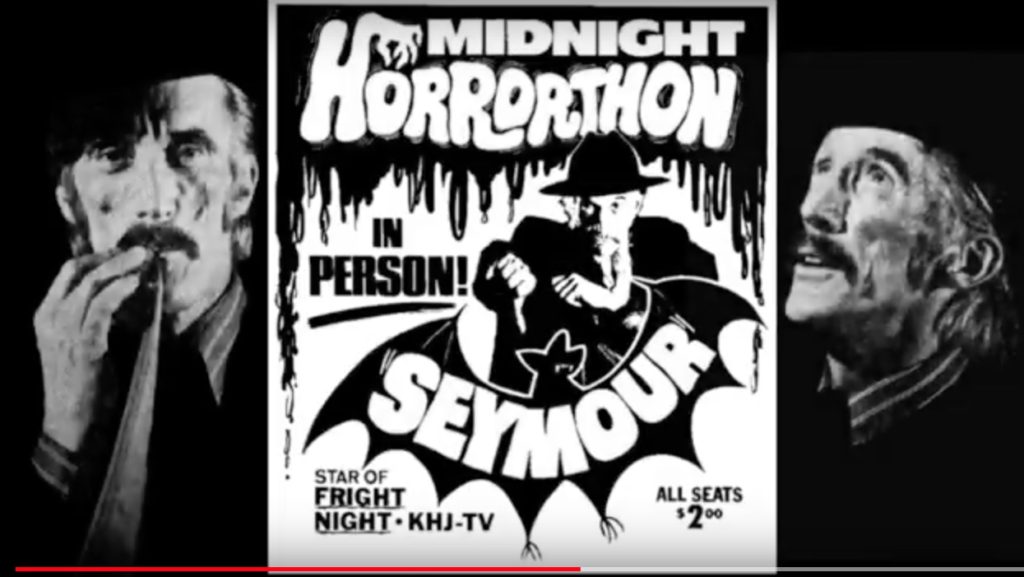
Named by ArtReview as the most powerful artist in the world, Ai Weiwei is China’s most celebrated contemporary artist, and its most outspoken domestic critic. In April 2011, when Ai disappeared into police custody for three months, he quickly became China’s most famous missing person.
– Ai Weiwei
This is a compilation of names, to which I will add, those individuals, both living and dead, from the walks of history as well as the pages of fiction, who have risen to preeminence and/or have contributed directly or obliquely, to an enhancement of the Arts – expanded here, to include Fine Art, Performing Art, Literature, Music etc., etc.). This purpose of this list is to recognize and celebrate those heroes, trend setters, iconoclasts, beacons of light, ( and shadow ), and rebels who refused to be caught up in the outdated trappings of their time. This is a tribute to those who have contributed to an ongoing inspiration, wonder, and awe that motivates my own artistic foraging in a world, that at times, seems devoid of modern role models.
The first international “treasure” with whom I’d like to begin this list, must in fact remain a mystery, which is appropriate. We only know this artist, as the unknown painter from some 32,000 years ago, who’s work still shines, in the recently discovered caverns in Chavet, France, and can be seen in the beautifully documented film, “Cave of Forgotten Dreams”, by the German filmmaker Werner Herzog. https://www.empireonline.com/movies/cave-forgotten-dreams-3d/review/
I’d like to recognize and welcome the artist/ filmmaker, Werner Herzog to this list for illuminating ( quite literally), the work of our mysterious ancestor.
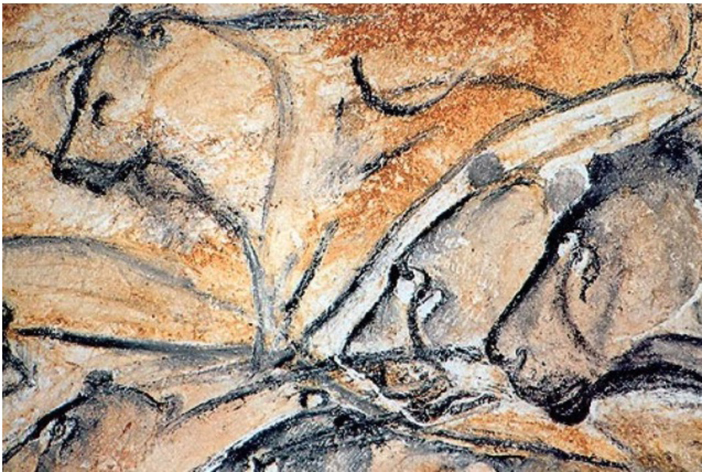
https://www.youtube.com/watch?v=dIlEfNbcz7g
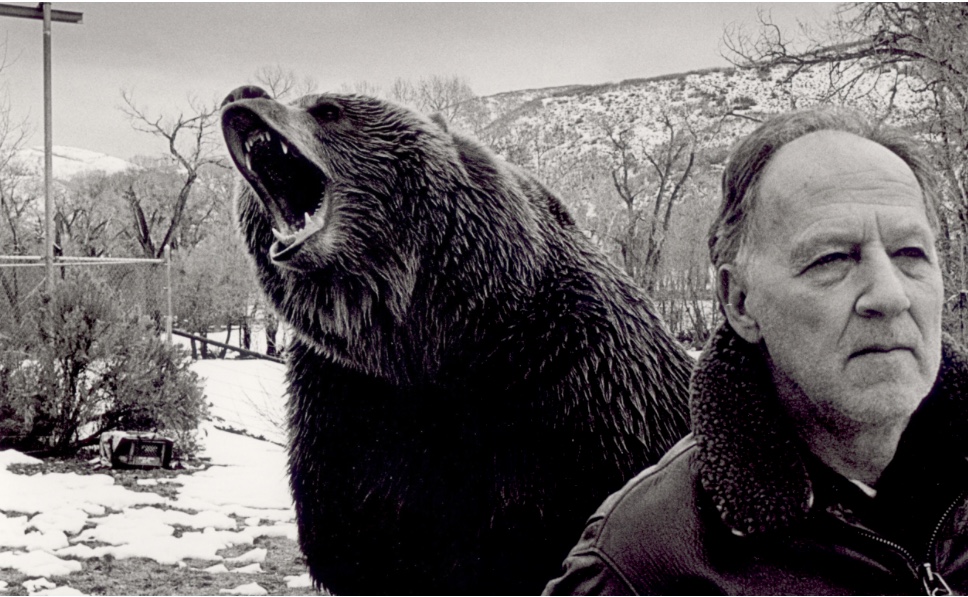
• (unknown artist) Cave painter from Chavet, France circa, 30,000 yrs. B.C.E. –
• Werner Herzog – https://www.rollingstone.com/movies/movie-lists/10-essential-werner-herzog-movies-from-divine-wrath-to-gonzo-docs-114486/even-dwarfs-started-small-1970-114969/
“The most beautiful thing we can experience is the mysterious. It is the source of all true art and science. He to whom the emotion is a stranger, who can no longer pause to wonder and stand wrapped in awe, is as good as dead —his eyes are closed. The insight into the mystery of life, coupled though it be with fear, has also given rise to religion. To know what is impenetrable to us really exists, manifesting itself as the highest wisdom and the most radiant beauty, which our dull faculties can comprehend only in their most primitive forms—this knowledge, this feeling is at the center of true religiousness.” – Albert Einstein
“Much on earth is hidden from us, but in exchange we have been given a secret and hidden sense of our living bond with another world.” – Starets Zosima before his death in “The Brothers Karamazov”.
THE HEROES / HEROINES LIST CONTINUES :
A random list of notable names:
• Actual / Fictional
• Living / Deceased
• (∞ or other ∞)
each remarkable
each with a unique offering ~
( in no particular order.)
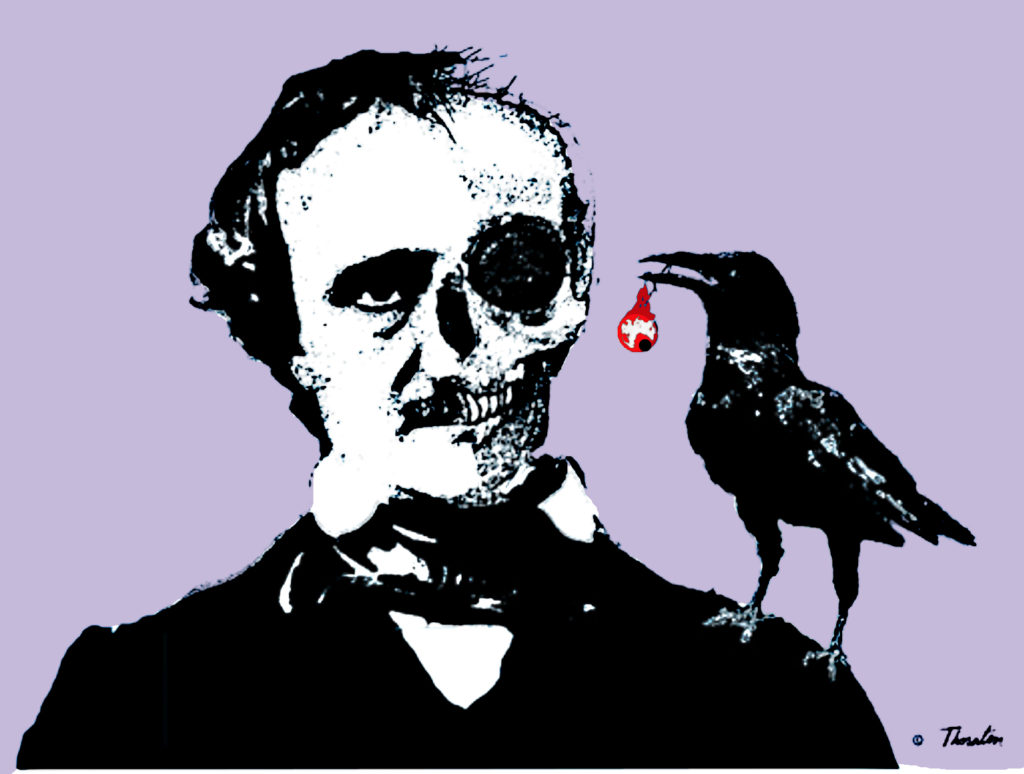
Edgar Allen Poe – Born: January 19, 1809, Died: October 7, 1849. Author of “The Murders in the Rue Morgue”, published in 1841, it is said to be the original template for the modern detective story. His stories and poems are associated with loss as well as the macabre. For someone who died at a relatively young age, ( forty years old), Poe was a prolific writer whose stories would fill the cobwebbed shelves of an ancient crypt.
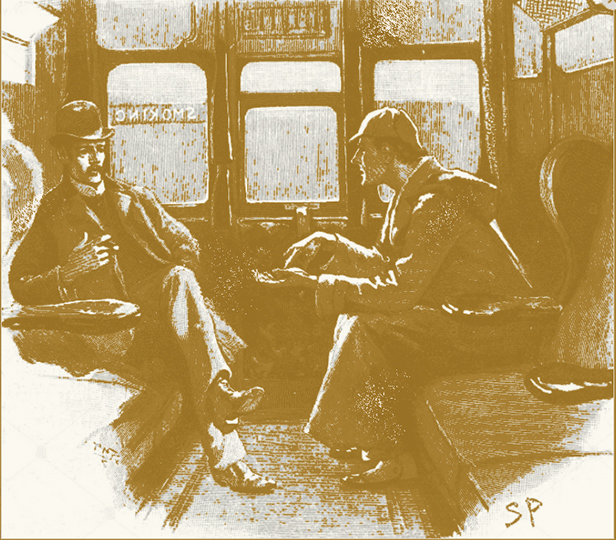
Dr. John H. Watson
Sherlock Holmes – “A Study in Scarlet ” written in 1886, by Arthur Conan Doyle, marks the first appearance of Dr. Watson and Sherlock Holmes, the legendary ‘detective’s detective’. “It’s elementary”. Deductive reasoning aside, Sherlock Holmes still remains, ( for the name recognition alone ), one of the most enduringly popular of the fictional sleuths, in a genre well populated by same. Their numbers include such luminaries as, Poe’s Dupin, Raymond Chandler’s Philip Marlowe, Agatha Christie’s Mrs. Marple, and television’s Lieutenant Colombo, to name just a few. I fancy them all in miniature, assembled on a dusty old bookshelf somewhere, late at night, skulking around in trench coats… — when there are no witnesses.
Francisco José de Goya y Lucientes (1746–1828) Goya’s series of etchings, The Disasters of War (first published 1863), for which he made drawings during the war, in which he recorded his reactions to the invasion and to the horrors and disastrous consequences of the war. The violent and tragic events, which he doubtless witnessed, are represented not with documentary realism but in dramatic compositions—in line and aquatint—with brutal details that create a vivid effect of authenticity.
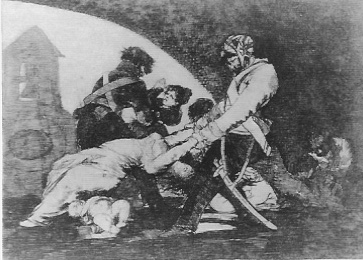
https://www.britannica.com/biography/Francisco-Goya/media/240310/11191
His enormous and varied production of paintings, drawings, and engravings, relating to nearly every aspect of contemporary life, reflects the period of political and social upheavals in which he lived. Leaders of new European movements, from Romanticism and Realism, such as the French artist Eugène Delacroix, can be counted amongst his great admirers. Goya’s work continues to awe painters and non-painters alike to the present day.
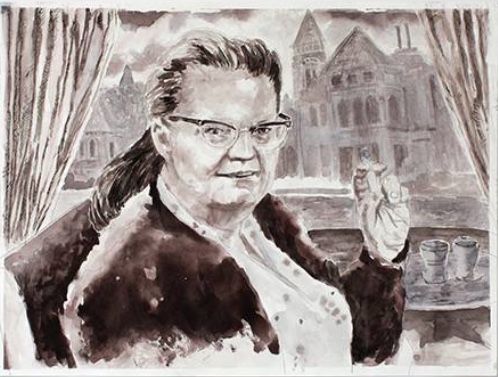
Shirley Jackson – Born: December 14, 1916, Died: August 8, 1965 – Writer and author of the short story voted most likely to appear on Middle School assigned reading lists – e.g., “The Lottery”. In 1963, her short novel, The Haunting of Hill House, was faithfully adapted for the screen in ‘The Haunting’, with Julie Harris and Russ Tamblyn. Jackson was a keen observer of the human psyche, and the characters who populate her short stories often seem more fully realized, than those from the pages of full fledged novels in the hands of less skilled writers.
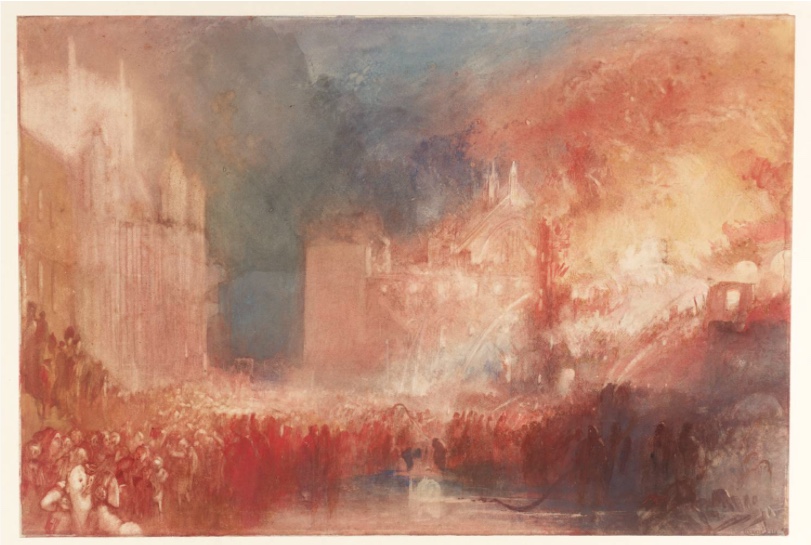
J.M.W. Turner ( Joseph Mallord William Turner) – Quirky English Romanticist Painter, b. – April 23, 1775 d.- December 19, 1851 Known for a splashy, sometimes masterful, sometimes “spiritual” use of color, especially in his adept handling of the medium of watercolor, which was largely discounted up until Mr. Turner’s day, as something more suitable perhaps, as a sketch or a mere study for an oil painting. In Mr. Turner’s hands however, watercolor paintings were something else altogether, and were eventually given their rightful place, appearing on their own merit and hanging on the same walls of the gallery alongside oil paintings. His oils of course, were unsurpassed for their remarkably atmospheric sensibility. It’s notable that many of the later oil paintings, employed techniques more commonly associated with watercolor, such as the multiple layering of rich washes / glazes of color. http://thorntonartgallery.com/719-2/
Ursula K. Le Guin~” It is good to have an end to journey toward, but it is the journey that matters in the end.” ~ People speak of books that changed their lives, but so much depends I suppose, on factors of timing and chance. How often do we follow through and actually read a title recommended by a friend? For me, that title was, “The Dispossessed“, by Ursula K. Le Guin.
https://www.newyorker.com/culture/postscript/the-subversive-imagination-of-ursula-k-le-guin
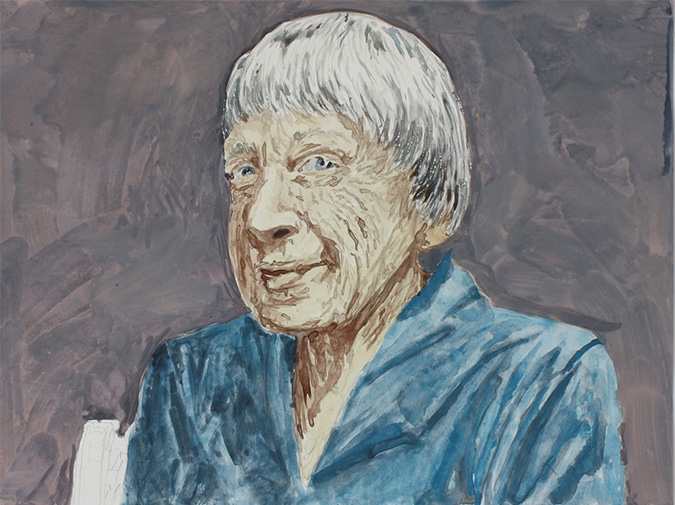
• Lon Chaney (Leonidas Frank Chaney) Born: April 1, 1883, Died: August 26, 1930 – Born to parents who were both deaf and mute, Chaney developed at an early age, the remarkable ability to communicate entirely without the use of words – a skill set that made him perfectly suited for a career as an actor in silent films. He was to become known as the original “Man of a Thousand Faces”, (with the added bonus that he possessed an uncanny gift as a make up artist ). It’s said that he went to great lengths to achieve the look of his characters – in one case, he resorted to having his own arms strapped painfully to his back, full nelson style, for the duration of the filming, to portray a man with no arms. His onscreen visage was rarely if ever, the same twice. Lon Cheney gave us unforgettable film characters, like the Phantom, and the Hunchback – icons from a golden age of film, where every picture tells a story.
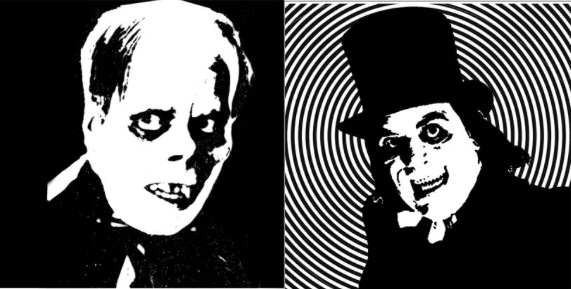
(R) – from the lost film, London After Midnight
* for more images go to – http://thorntonartgallery.com/gallery-view/halloween-images/
• Max Ernst – ( b. April 2nd, 1891 – d. April 1st, 1976) German painter, sculptor, graphic artist, and poet. Ernst had been drafted into the first world war, and as a soldier assigned to the front lines, it proved a harrowing experience. In the years after the war, Ernst became a prolific artist, and a primary pioneer of the Dada movement and later Surrealism. His inventive use of collage, and “frottage”, ( his term for incorporating rubbings into a piece) plus his ever curious uses of experimental processes to produce astonishing results are particularly noteworthy. Ernst’s epic graphic novel titled, “Un Semaine de Bonte´” is a genuine Surrealist masterpiece, and may well be the only book executed entirely in collage.
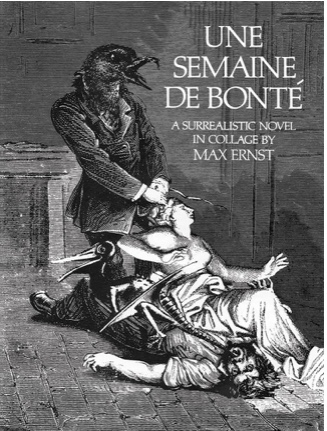
•. Akira Kurosawa ( b. – March 23, 1910, d.-September 6, 1998) Japanese film director and screenwriter, who directed 30 films in a career spanning 57 years. Largely regarded as one of the most important and influential filmmakers in the history of cinema. In 1950, he gained international acclaim for the samurai tale Rashomon, which he followed with such influential films as The Seven Samurai, Throne of Blood and Yojimbo. He redefined Japanese cinema, particularly the Samurai film genre, whose Hollywood counterpart, is the American western. Compare “The Seven Samurai” with the Hollywood star vehicle, ” The Magnificent Seven.”
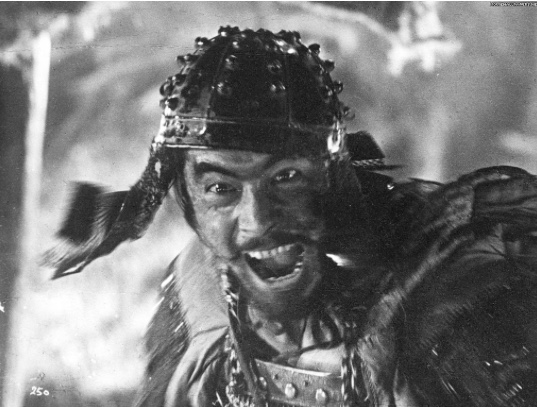
• Nina Simone ( Eunice Kathleen Waymon ) b. – February 21, 1933, d, – April 21, 2003 American singer, songwriter, pianist, arranger, and activist in the Civil Rights Movement. Though she’s been called, “The High Priestess of Soul“, her music spanned a broad range of musical styles including classical, jazz, blues, folk, R&B, gospel, and pop. In her autobiography, Nina Simone writes that her function as an artist is “…to make people feel on a deep level. It’s difficult to describe because it’s not something you can analyze; to get near what it’s about you have to play it. And when you’ve caught it, when you’ve got the audience hooked, you always know because it’s like electricity hanging in the air.” It was that very electricity that made her such an important artist to so many and it will be that electricity that continues to turn on new people all over the world for years to come. https://www.youtube.com/watch?v=7z5a7UUBuwA
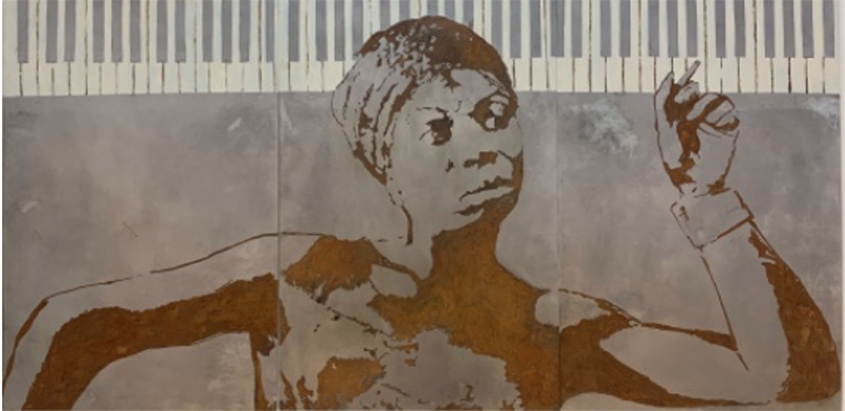
• Robinson Crusoe – Who has not dreamed of life on an exotic isle, far away from civilization? The original “Sole Survivor”, Robinson Crusoe, is the title character of the book by Daniel Defoe, first published in 1719, as The Life and Strange Surprizing Adventures of Robinson Crusoe, Of York, Mariner: Having been cast on Shore by Shipwreck, wherein all the Men perished but himself. Crusoe is thereon forced to make do with only a knife, some tobacco, and a pipe. He learns how to build a canoe, make bread, and endure endless solitude. That is, until, twenty-four years later, when he confronts another human being – Defoe’s tale is likely based on the life of Alexander Selkirk, a Scottish castaway who lived for four years on a Pacific island called “Más a Tierra”, now part of Chile, which was renamed Robinson Crusoe Island in 1966.
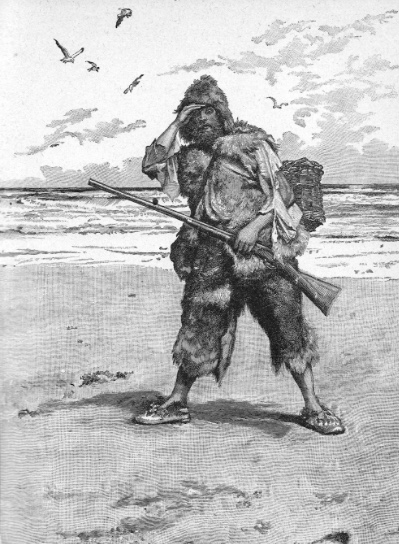
• Groucho Marx – ( Julius Henry “Groucho” Marx) b.- October 2, 1890, d. – August 19, 1977 American comedian, writer, stage, film, radio, and television star. A master of quick wit, he is widely considered one of America’s greatest comedians. “Unsquelchable effrontery has always been Groucho’s chief stock in trade,” Time Magazine pronounced in 1951. – Here is a clip from his television quiz show, “You Bet Your Life”, as Groucho made his usual introductory small talk with the contestant – Groucho: So tell us about yourself, ——– . Contestant: Well, Groucho, there isn’t much to say. I have a wife and nine children… Groucho: Nine children? You don’t say. And how do you account for that? Contestant: …Well, I um … love my wife. Groucho: Well, I love a good cigar, but I remember to take it out once in a while.
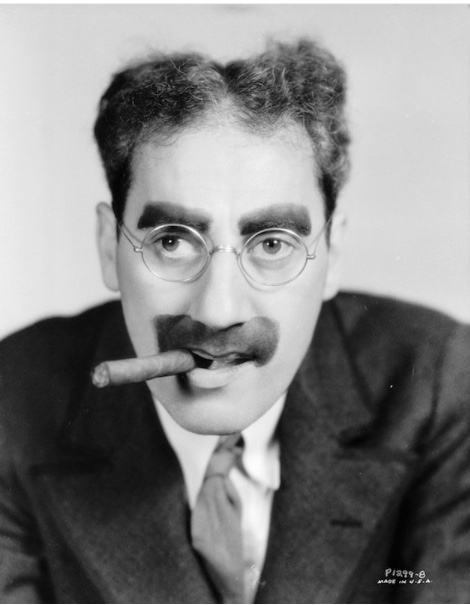
• Shirley Chisholm b. – November 30, 1924, d.- January 1, 2005 American politician, educator, and author. In 1968, she became the first black woman elected to the United States Congress, and she represented New York’s 12th congressional district for seven terms from 1969 to 1983. She became the first black major-party candidate to run for President of the United States, in the 1972 U.S. presidential election, making her also the first woman ever to run for the Democratic Party’s presidential nomination https://www.bbc.com/news/magazine-35057641
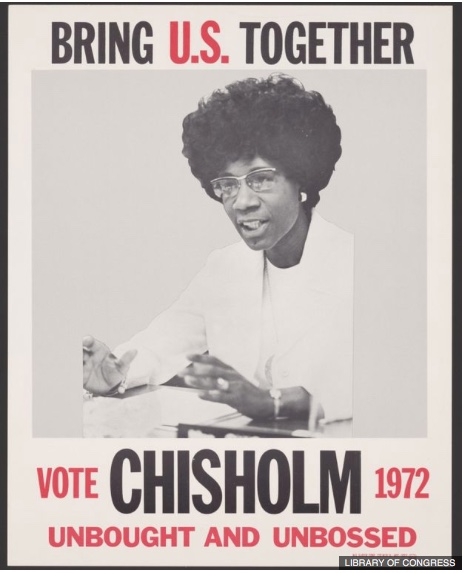
• Dr. Jane Goodall ( Baroness Jane van Lawick-Goodall) b. – April 3, 1934 , English primatologist and anthropologist. “The least I can do is speak out for those who cannot speak for themselves.” https://video.nationalgeographic.com/video/00000144-0a34-d3cb-a96c-7b3d061b0000
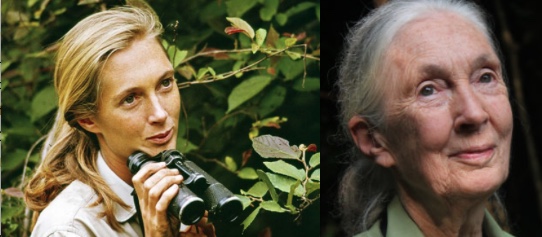
•. Ernie Kovacs – ( b,January 23, 1919 – January 13, 1962) American comedian, actor, writer, and pioneer for the medium of television at a time when television was still something of a novelty. Kovacs’s visually experimental and often spontaneous comedic style influenced numerous television comedy programs for years to come following his untimely death. He brought unique innovations to the new medium, such as designing a tilted set ; cameras were adjusted to correspond visually and cancel out the tilt, thereby creating an onscreen optical illusion. Objects on set would seem to behave as if they belonged to a separate universe; the same one in which lives Kovac’s mild mannered alter ego, named, Eugene. The world Eugene inhabits, is slightly askew. We see him sitting at a table unpacking his lunch, and as he sets an orange on the table, it seems to roll out of the frame on its own volition. Next, Eugene demonstrates that even the simple act of pouring milk from a thermos, requires an adherence to a different set of gravitational laws. Sight gags such as these, were extremely effective in the vital new visual medium of television, and Ernie knew just how to use them to best effect. Kovacs’ promising career however, was cut short when a tragic automobile accident claimed his short life of forty three years.
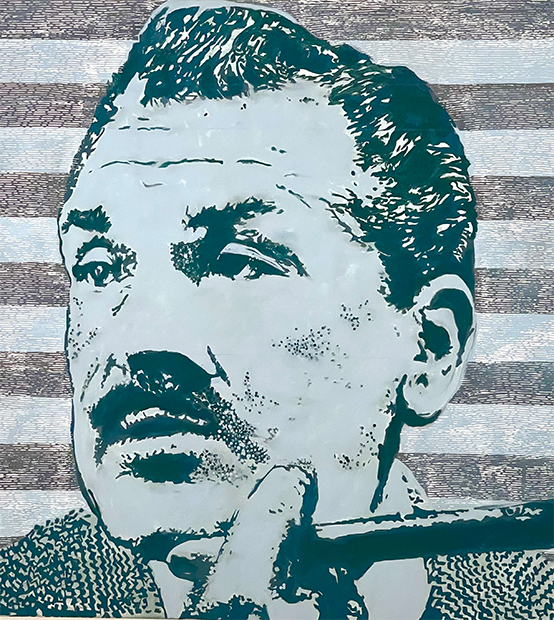
• Rod Serling – ( Rodman Edward Serling) b. – December 25, 1924 d.- June 28, 1975 American screenwriter, playwright, television producer, and narrator. ‘There is a fifth dimension beyond that which is known to man. It is a dimension as vast as space and as timeless as infinity. It is the middle ground between light and shadow, between science and superstition and it lies between the pit of man’s fears and the summit of his knowledge. This is the dimension of imagination. It is an area which we call the Twilight Zone.’ Need we say more?
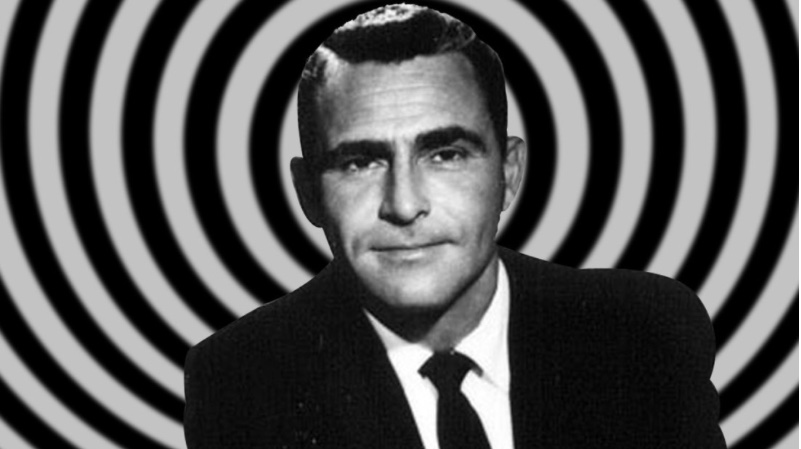
Paragraph
•. Harry Houdini – ( Eric Weisz ) b. -March 24, 1874, d.- October 31, 1926 Before there was Doug Henning, before David Copperfield, and before even Blackstone Junior, there was Harry Houdini, a Hungarian-born American escape artist and master illusionist. As “Harry Handcuff Houdini” on a tour of Europe, he challenged police forces to keep him locked up. They failed. From 1907 and throughout the 1910s, Houdini performed with great success in the United States. He freed himself from jails, handcuffs, chains, ropes, and straitjackets, often while hanging from a rope in sight of street audiences. Because of imitators, Houdini put his “handcuff act” behind him on January 25, 1908, and began escaping from a locked, water-filled milk can. After a long colorful career, Houdini’s final trick was to be an elaborate stage escape in which he would escape after being strapped in a straitjacket, sealed in a casket, and then buried in a large tank filled with sand. The stunt was to be the feature escape of Houdini’s 1927 season, but it was never staged. Houdini died on Halloween, in 1926.
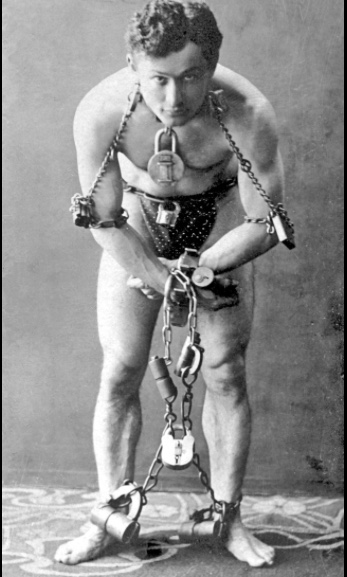
• Amy Goodman – b.- April 13, 1957 American broadcast journalist, ( host of Democracy Now ), syndicated columnist, investigative reporter, and author. “The media is absolutely essential to the functioning of a democracy. It’s not our job to cozy up to power. We’re supposed to be the check and balance on government.” https://www.democracynow.org
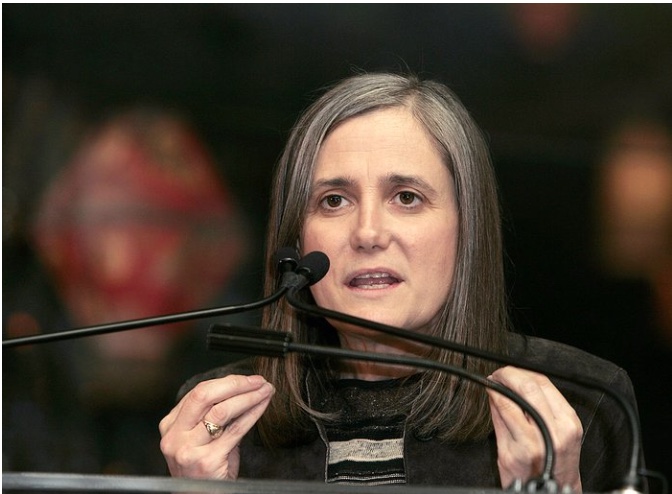
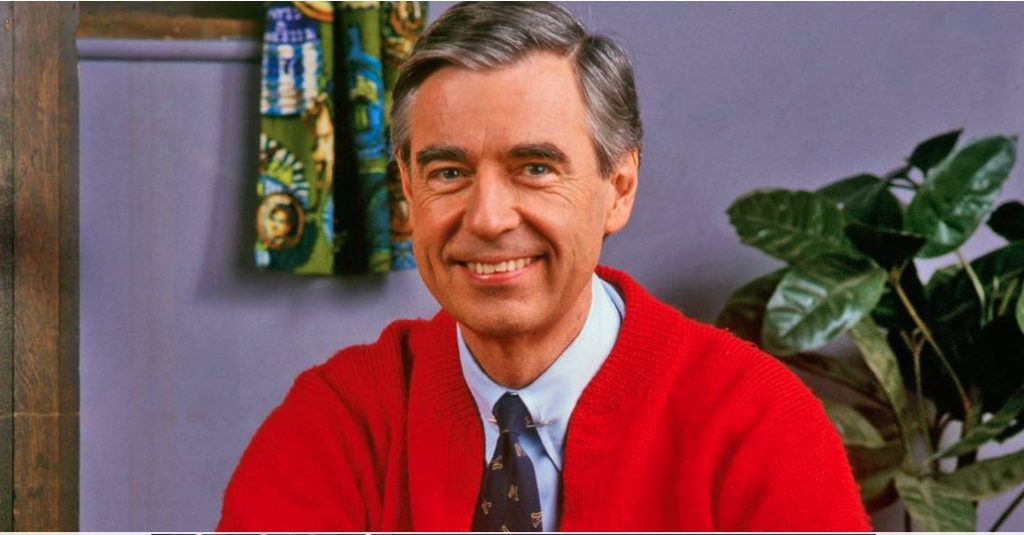
• Fred McFeely Rogers . March 20, 1928, d.- February 27, 2003,was an American television personality, musician, puppeteer, writer, producer, and Presbyterian minister. He was known as the creator, composer, producer, head writer, showrunner and host of the preschool television series Mister Rogers’ Neighborhood. Mister Rogers looked directly into the camera and sang and talked to each child watching. His radical kindness, acceptance, and empathy created a place that as TV Guide described: “… makes us, young and old alike, feel safe, cared for and valued… https://www.misterrogers.org
• Francis of Assisi -Pope Gregory IX canonized Francis on July 16th 1228. Along with Saint Catherine of Siena, he was designated Patron saint of Italy. He later became associated with patronage of animals and the natural environment, and it became customary for Catholic and Anglican churches to hold ceremonies blessing animals on his feast day ( October 4th). He is often remembered as the patron saint of animals.
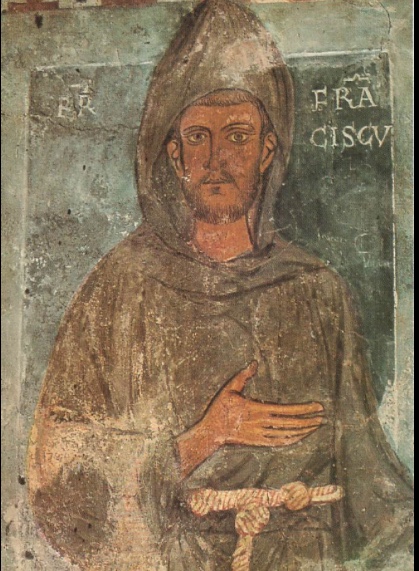
• Hildegarde of Bingen – b. (?)- 1098 d. – September 17, 1179 also known as Saint Hildegard and Sibyl of the Rhine, was a German Benedictine abbess, writer, composer, philosopher, Christian mystic, visionary, and polymath. She is considered to be the founder of scientific natural history in Germany. Hildegarde was the tenth daughter of a noble family. When Hildegard was young her parents pledged her and her dowry to the Church. The offering was an act of symbolic marriage, and it was most likely done without consulting Hildegard or gaining her consent. Hildegard believed that every creature is connected to every other, and each is held together by another. Hildegard’s belief that we may find God’s “loving embrace in every creature” elevates creation above nature. When man moves beyond self-centeredness, he stops rebelling against God and has communion with all other creatures. A “primordial joy” emerges in man from connection with nature.
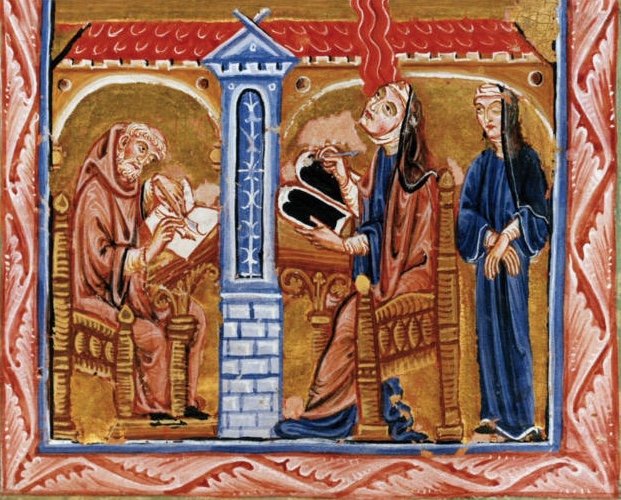
• R. Crumb – (Robert Dennis Crumb) b.- August 30, 1943 American cartoonist and musician who often signs his work R. Crumb. His work displays a nostalgia for American folk culture of the late 19th and early 20th centuries, and satire of contemporary American culture. For decades, Crumb carried a sketchbook with him everywhere he went, something he learned from Leonardo da Vinci. It was the 1970s, a time when he drew religiously. Robert Crumb has always been known as the bad boy of the comics world. The Philadelphia-born artist was a key figure in the counterculture movement in San Francisco during the sexual revolution. Crumb’s comics have often been a critique of modern society, with waves of nihilism to sarcasm and disillusionment, not to mention drug hallucinations and the ongoing battle between 9-5ers and bohemians, many of which were his core readership in the 1960s and 1970s. “Fortunately for me, I found a way to express this inner turbulence in my comics, otherwise I might’ve ended up in jail or in a mental institution. “I’m just a crazy artist. I can’t be held to account for what I draw,” he said. Crumb suggests it’s up to the audience to decide. “Personally, I don’t think they had a bad influence on people. I don’t think it works that way.” In 2009, W.W. Norton published The Book of Genesis in comic book form, which Crumb claims to be a faithful, literal translation of the first book of the Bible. https://www.theguardian.com/books/2019/mar/07/robert-crumb-i-am-no-longer-a-slave-to-a-raging-libido
https://www.criterion.com/films/2104-crumb
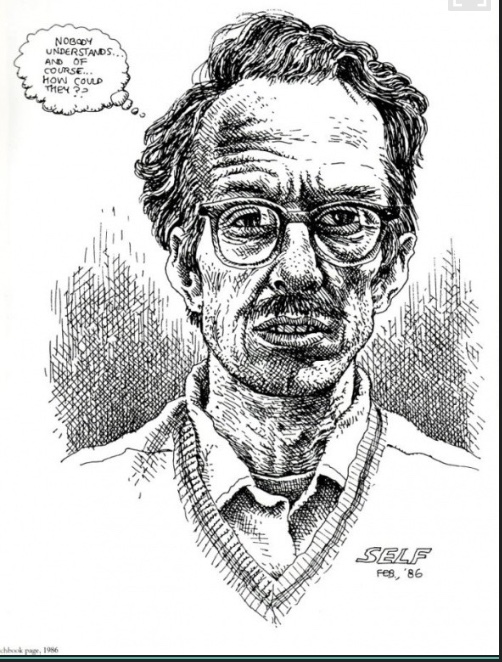
• Hedy Lamarr – ( Hedwig Eva Maria Kiesler) November 9, 1913 – January 19, 2000 Lamarr’s story is one of a brilliant woman who was consistently underestimated. Of all the parts that Lamarr was given to play, none of them was as fantastic, or inspirational, as her real life. Although she achieved international fame as a Hollywood movie star, Lamarr was not satisfied by acting. Her favourite hobby: her love of science. Lamarr’s greatest scientific triumph was intended for the US navy during the second world war, but is now used in modern wireless communication. Her “secret communication system” used “frequency hopping” to guide radio-controlled missiles underwater in a way that was undetectable by the enemy. Lamarr’s invention didn’t become widely known until near the end of her life, in the late 1990s. Since then the news has spread and she has become an icon of women in science.
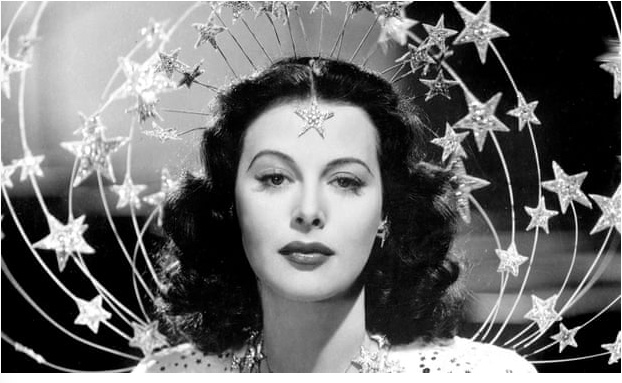
• Ruth Bader Ginsberg –b. – March 15, 1933 ” Women will only have true equality when men share with them the responsibility of bringing up the next generation.” Ginsburg graduated from Columbia Law School, going on to become a staunch courtroom advocate for the fair treatment of women and working with the ACLU’s Women’s Rights Project. She was appointed by President Carter to the U.S. Court of Appeals in 1980 and was appointed to the Supreme Court by President Clinton in 1993.
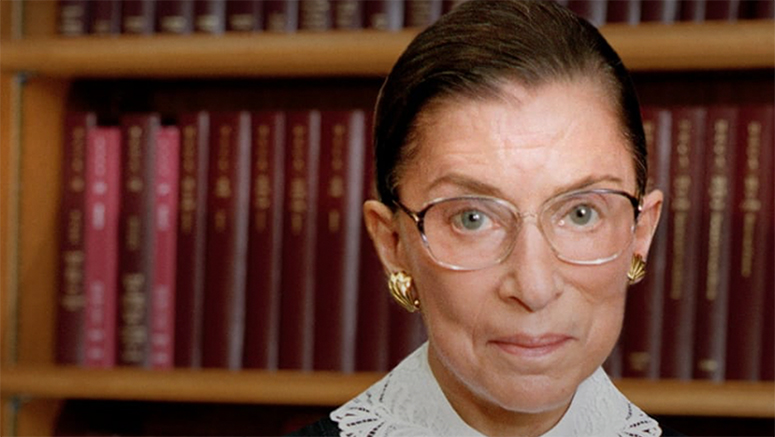
John Steinbeck ( John Ernst Steinbeck Jr. ) b. – February 27, 1902, d. – December 20, 1968. John Steinbeck was already dreaming about becoming a professional writer when he enrolled as an English major at Stanford University at the age of 17. Although he never completed his studies at Stanford, Steinbeck went on to win a Pulitzer Prize in the novel category (1940), the Nobel Prize in Literature (1962) and the United States Medal of Freedom (1964). The impact of Steinbeck’s work on the American people was momentous,” said the entertainer, Harry Belafonte, of John Steinbeck. “ He was one of the people who turned my life around as a young man”, inspiring “a lifelong love of literature”. Arthur Miller wrote of Steinbeck, “I can’t think of another American writer, with the possible exception of Mark Twain, who so deeply penetrated the political life of the country.” Here is a quote from ‘Travels with Charley”(1962), a travelogue in which Steinbeck wrote about his impressions during a three-month tour in a truck that led him through forty American states: “I am in love with Montana. For other states I have admiration, respect, recognition, even some affection, but with Montana it is love, and it’s difficult to analyze love when you’re in it.” https://www.independent.co.uk/arts-entertainment/books/features/john-steinbeck-author-anniversary-death-of-mice-and-men-grapes-wrath-east-eden-a8690851.html
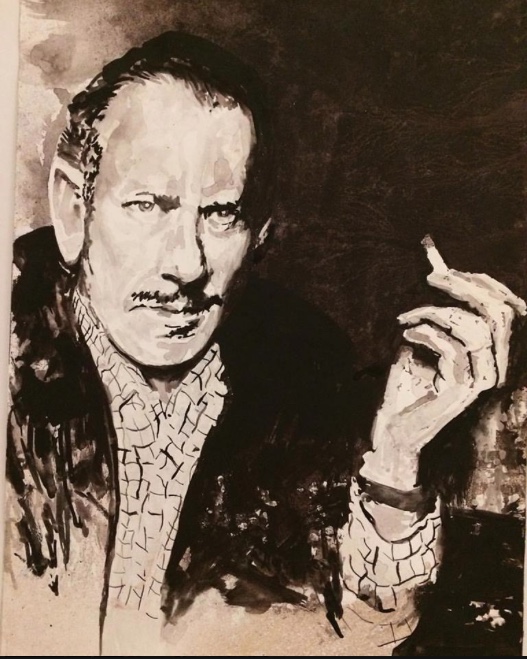
• Larry “Seymour” Vincent – (b. – June 14, 1924- March9, 1975) American television horror host, famed for his character “Seymour,” who presented—and heckled—low-budget horror and science fiction movies on Fright Night on KHJ-TV and Seymour’s Monster Rally on KTLA, both local stations in Los Angeles between 1969 and 1974. He was noted for his style of criticizing the movies he presented in an offbeat and funny manner, usually appearing in a small window which would pop up in the corner, tossing a quip, then vanishing again. Sometimes he would, using blue-screen, appear in the middle of the movie, apparently interacting with the characters in the movie.
